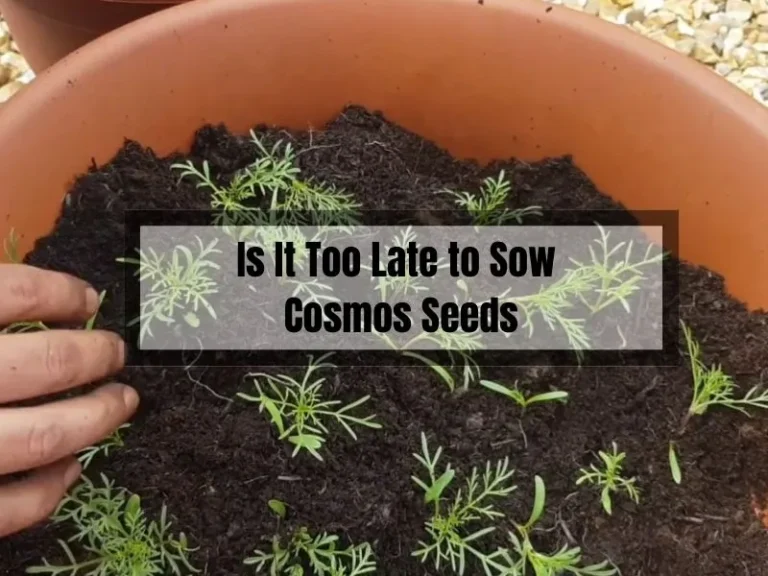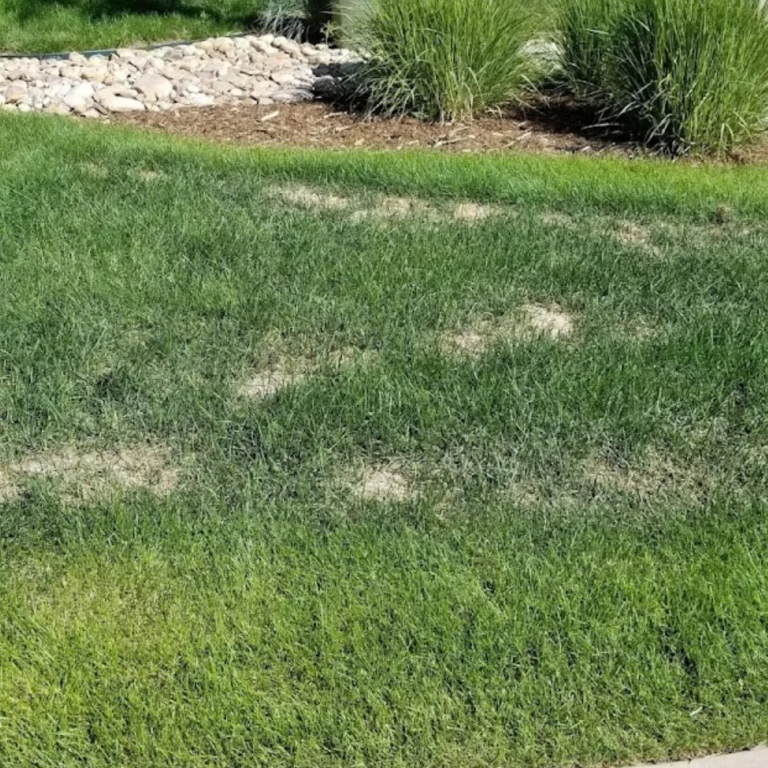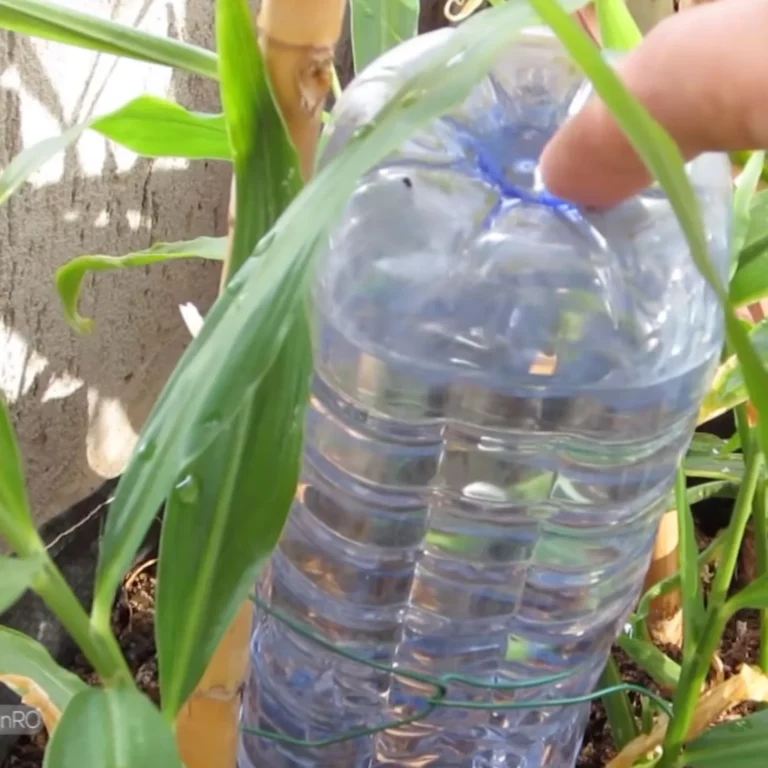Peat Moss for Bare Spots in Lawn: A Quick Fix Solution
If you have bare spots in your lawn, you might be wondering what you can do to restore it to its former glory. One solution that many homeowners turn to is peat moss. Peat moss can be a great way to revive your lawn and fill in those unsightly bare spots. In this article, we’ll take a closer look at using peat moss for bare spots in your lawn, including how to identify them, prepare them for treatment, apply the peat moss, and care for your lawn afterward.
Identifying bare spots in your lawn is the first step in restoring your lawn’s health. Bare spots can be caused by a variety of factors, including heavy foot traffic, pet urine, and disease. Once you’ve identified the bare spots, it’s important to prepare them for treatment.
This may involve removing any dead grass, loosening the soil, and adding fertilizer. Once the bare spots are prepared, you can apply peat moss to help promote healthy grass growth. But how do you apply peat moss to bare spots, and what should you do to care for your lawn afterward? Keep reading to find out.
Key Takeaways
- Peat moss can be a great way to revive your lawn and fill in bare spots.
- Identifying and preparing bare spots is key to successfully using peat moss on your lawn.
- Applying peat moss correctly and caring for your lawn afterward can help ensure a healthy, green lawn.
Identifying Bare Spots in Your Lawn
If you have a lawn, you know how frustrating it can be to see bare spots in the grass. However, before you can fix these areas, you need to identify what’s causing them. Here are some common causes of bare spots:
Common Causes of Bare Spots
- Foot traffic: If you have a high-traffic area in your yard, the constant wear and tear can cause the grass to die and leave bare spots.
- Pet urine: Dog urine can be very damaging to grass, and can cause yellow or brown spots to appear.
- Drought: If your lawn isn’t getting enough water, the grass can die and leave bare spots.
- Disease or pests: Certain diseases or pests can cause grass to die and leave bare spots.
Assessing Your Lawn’s Condition
To determine what’s causing the bare spots in your lawn, you’ll need to assess the condition of your lawn. Start by looking at the bare patches and trying to identify any obvious signs of a cause. For example, if you see mushrooms growing in the area, this could be a sign of excessive moisture.
Next, take a closer look at the surrounding grass. Does it look healthy and green, or is it thin and patchy? If the surrounding grass is also thin and patchy, this could be a sign of poor soil quality or lack of nutrients.
By identifying the cause of the bare spots in your lawn, you can take the necessary steps to fix them and prevent them from happening in the future.
Preparing Bare Spots for Treatment
Before treating bare spots in your lawn with peat moss, you need to prepare the area properly. Start by removing any dead grass, weeds, or debris from the spot. Use a rake or hoe to loosen the soil in the area, making sure to remove any rocks or other large objects that could interfere with the growth of new grass.
Next, test the pH level of the soil in the bare spot. You can use a soil testing kit to determine the pH level. If the soil is too acidic, you may need to add lime to the area to raise the pH level. On the other hand, if the soil is too alkaline, you may need to add sulfur to the area to lower the pH level.
Once you have tested the pH level of the soil, you can add peat moss to the bare spot. Spread a layer of peat moss over the area, making sure to cover the spot evenly. You can also mix the peat moss with compost or fertilizer to provide additional nutrients to the soil.
After adding the peat moss, water the area thoroughly to help the peat moss settle into the soil. Keep the area moist until new grass begins to grow. With proper preparation and treatment, your bare spots will soon be filled with lush, healthy grass.
Applying Peat Moss to Bare Spots
If your lawn has bare spots, applying peat moss can be an effective solution to help promote grass growth. Here are the steps to follow for applying peat moss to bare spots in your lawn.
Step-by-Step Application Process
- First, use a rake to remove any debris or dead grass from the bare spot. This will help ensure good contact between the peat moss and the soil.
- Next, loosen the soil in the bare spot with a cultivator or garden fork. This will help the peat moss mix with the soil and provide a good environment for grass growth.
- Spread a thin layer of peat moss over the bare spot. You don’t need to use a lot of peat moss – a thin layer will do. Use a rake to spread the peat moss evenly over the bare spot.
- Gently water the area to help the peat moss settle into the soil. Be careful not to overwater, as this can wash away the peat moss.
- Finally, cover the area with a light layer of straw or grass clippings to help retain moisture and protect the peat moss from drying out.
Tips for Even Distribution and Coverage
- Make sure to spread the peat moss evenly over the bare spot. This will help ensure that the grass grows evenly and doesn’t form clumps.
- Use a rake to spread the peat moss and create a smooth surface. This will help the grass seed make good contact with the soil and promote even growth.
- Water the area gently to avoid washing away the peat moss. Use a watering can or gentle spray from a hose to moisten the area.
By following these steps and tips, you can effectively apply peat moss to bare spots in your lawn and promote healthy grass growth.
Aftercare and Maintenance
Watering Practices
After planting grass seeds and applying peat moss to bare spots in your lawn, it’s important to maintain proper watering practices to ensure optimal growth. Watering your lawn regularly is crucial to keep the soil moist and help the grass seeds germinate.
However, overwatering can lead to waterlogging and the growth of fungus. You should water your lawn deeply once or twice a week, depending on the weather conditions and the type of grass you have. You can use a sprinkler or a hose with a spray nozzle to water your lawn evenly.
Monitoring Grass Regrowth
After a few weeks, you should start to see new grass sprouting from the bare spots where you applied peat moss. It’s important to monitor the regrowth of the grass and ensure that it’s growing evenly. You can do this by inspecting your lawn regularly and looking for any signs of uneven growth or discoloration.
If you notice any issues, you may need to adjust your watering practices or apply additional peat moss to the affected areas. It’s also important to avoid walking on the new grass until it has fully grown and established roots.
Remember that proper aftercare and maintenance is essential for the success of your lawn. By following these watering practices and monitoring the regrowth of your grass, you can ensure that your lawn remains healthy and green.
Frequently Asked Questions
How can I quickly repair bare spots in my lawn using peat moss?
To quickly repair bare spots in your lawn using peat moss, you need to prepare the area by removing any dead grass or debris. Then, loosen the soil with a rake or shovel and apply a thin layer of peat moss over the bare spot.
After that, spread some grass seed on top of the peat moss and lightly rake it into the soil. Water the area thoroughly, and keep it moist until the grass grows.
What are the best practices for applying peat moss to a lawn?
The best practices for applying peat moss to a lawn are to use a thin layer of peat moss and spread it evenly over the area.
You should also make sure that the peat moss is mixed well with the soil to prevent any clumping. Additionally, you should water the area thoroughly after applying the peat moss to ensure that it stays moist.
Is it safe to use peat moss on my lawn’s bare spots?
Yes, it is safe to use peat moss on your lawn’s bare spots. Peat moss is a natural and organic material that is safe for use on lawns. It is also a great source of nutrients for grass and can help improve soil structure and drainage.
Can peat moss be directly added on top of existing soil?
Yes, peat moss can be directly added on top of existing soil. However, it is best to mix the peat moss with the soil to ensure that it is evenly distributed. This will also help prevent any clumping or uneven growth of grass.
How does peat moss compare to topsoil when seeding grass?
Peat moss is a great alternative to topsoil when seeding grass. It is lightweight and easy to spread, making it an ideal material for covering bare spots in your lawn. Peat moss also helps improve soil structure and drainage, which can lead to healthier grass growth.
What amount of peat moss is needed to adequately cover grass seed?
A thin layer of peat moss is all that is needed to adequately cover grass seed. You should aim to use no more than 1/4 inch of peat moss over the grass seed. This will help ensure that the grass seed is adequately covered while still allowing it to receive enough sunlight to grow.




